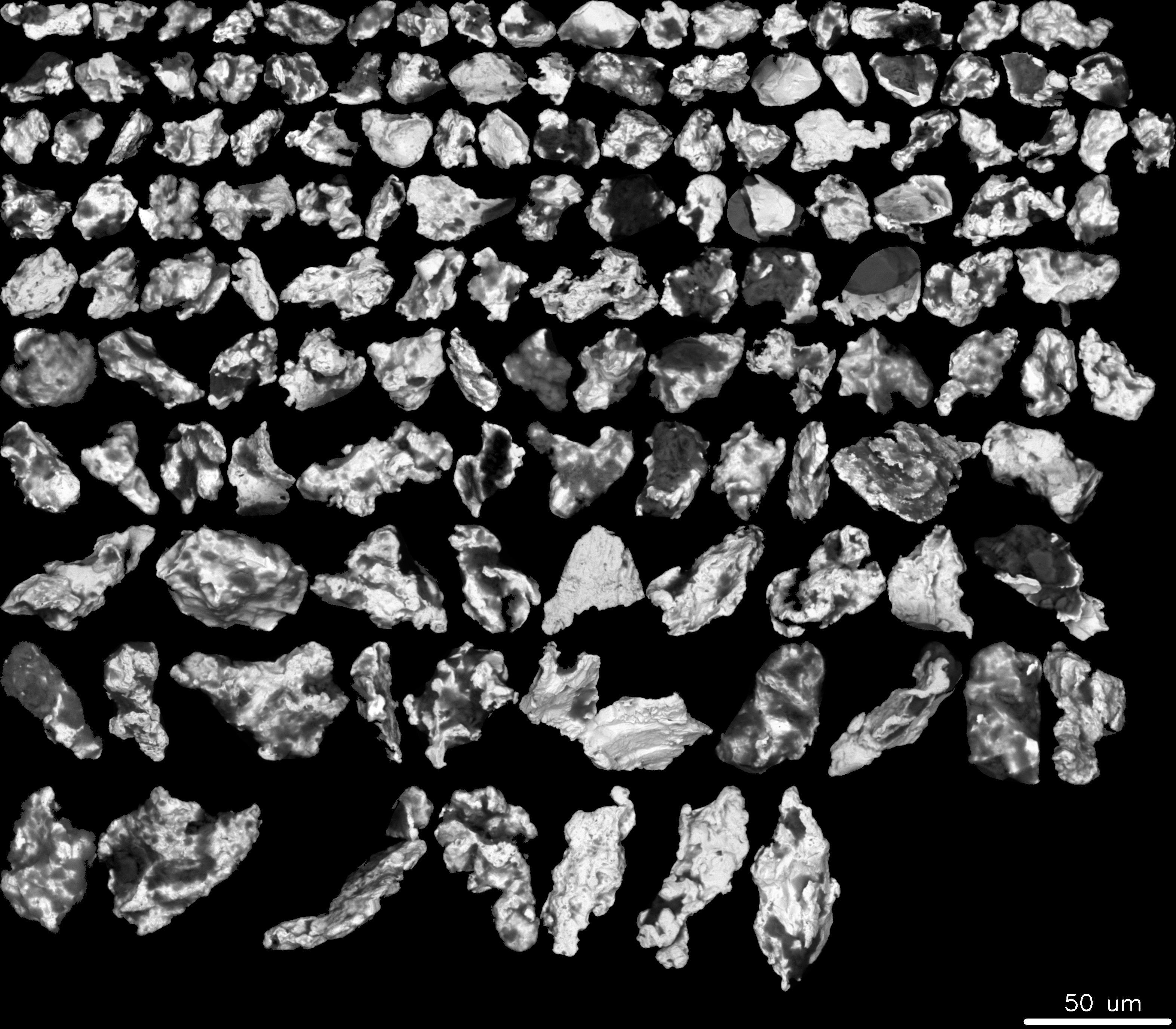The quantitative and qualitative assessment of gold grains from samples of glacial till is a well-established method for exploring gold deposits hidden under glaciated cover. This method, widely used by the industry and which produced numerous successes in locating gold deposits in glaciated terrain, is still based on artisanal gravity separation techniques and visual identification. However, being artisanal, it is limited by inconsistent recoveries and the difficulty to visually identify the predominantly occurring small gold grains. These limitations hinder its capability to deceipher subtle or complex signal. To improve detection limits through recovery of small gold grains, a new approach has recently been introduced in the industry (commercially referred as “ARTGold” procedure) using an optimized miniature sluice box coupled with an automated scanning electron microscopy routine. The capabilities of this improved method are highlighted by comparing till surveys conducted around the Borden gold deposit (Ontario, Canada) using the conventional and improved methods at both local and regional scales. Relative to the conventional approach, the improved method recovered almost one order of magnitude more gold grains from samples (regional and down-ice mineralization), dominantly in small size fractions. Increasing the counts in low-abundance regional samples enables better discrimination between background signals and significant dispersions. The method offers an alternative to improve characterization of gold dispersal in glaciated terrain and the related gold deposit footprints.

